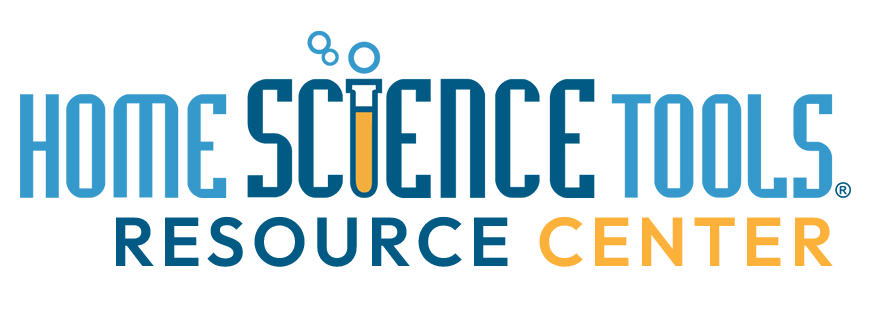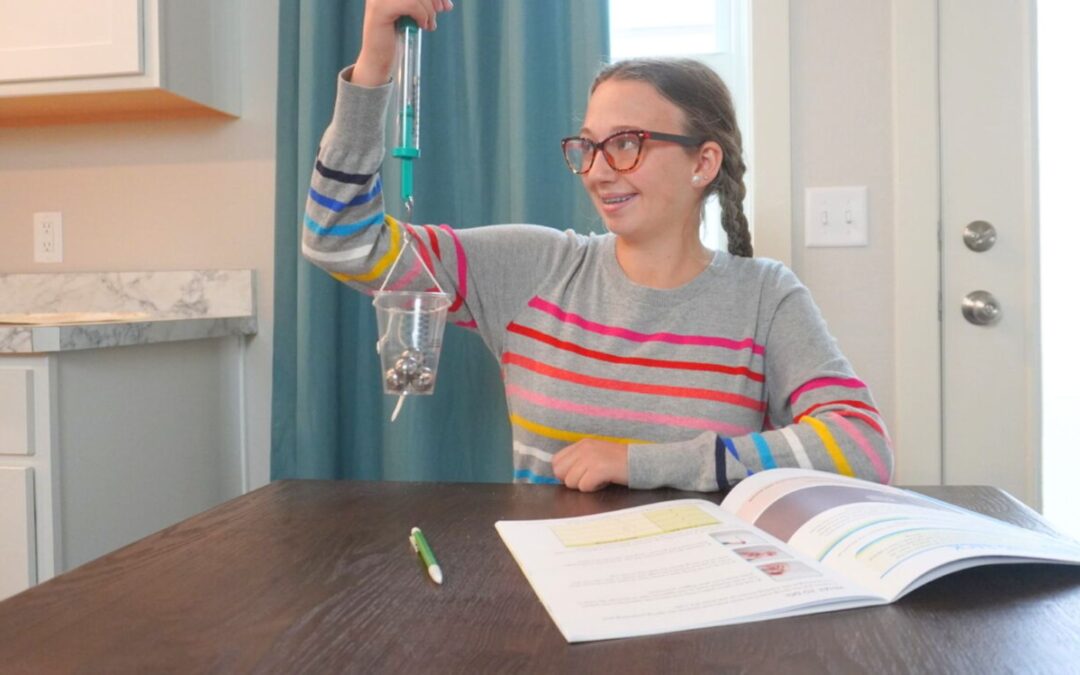There are several advantages to teaching science to multiple students at the same time. The group interaction is beneficial to the students involved, the use of time is efficient, and it may help cut down costs of science equipment.
Here are some practical tips to make teaching science to multiple students a success.
- Define science terms in a way that all students can understand. Start with basic concepts, and build on those to stretch and challenge advanced students. Elementary students will learn vocabulary best through memorizing chants or singing songs. Older students can write vocabulary words in a science notebook.
- Know each student’s individual learning style to best prepare science lessons that appeal to visual, auditory, and kinesthetic learners. A good science lesson should include all of the above – visual models or posters, auditory instruction, and hands-on experiments or projects. Knowing how each student learns best is especially beneficial if a student is struggling with a certain content area. Cater learning towards individuals by focusing on their strengths.
- Differentiate science projects while teaching the same subject material to all. For example, have advanced students dissect and label the parts of a flower, while younger students dissect a bean seed. All students are studying botany but they’re responsible for different amounts of material.
- Keep a consistent schedule of when you learn science. This helps students know what to expect and is particularly beneficial to students who are extra active. The consistency will also help you, the teacher, make science a priority for that part of the day.
- Use visual aids as much as possible. By focusing concretely on what they can see and feel, all students will be engaged in science study. Some examples of visual aids for science classroom include a globe, nature posters, plants, rocks, other specimens from nature, and models of subjects ranging from human anatomy to outer space.
- Rely on the abilities and talents of others you may know. Call on a friend who is a specialist in a field you’re studying to be a guest speaker. Ask a retired science teacher for help in planning a lesson. This keeps students engaged and interested, while also focusing on excellent science instruction.
- Utilize all available resources. Ask your homeschool co-op group or others in the community to share hands-on resources and materials, such as a compound microscope, laboratory equipment, an insect collection, or a rock and mineral study set. Look for ways to borrow or share science materials that benefit all.
- Focus on thematic units or field trips that appeal to all ages. For example, a field trip to a water treatment plant may benefit young students learning about the water cycle. It will also benefit advanced students who are studying the environment. Building an insect collection or studying pond water could benefit several students. An elementary, middle school and high school student may all need to study entomology (insects) or pond life. Look for ways that individual curricula overlap.





